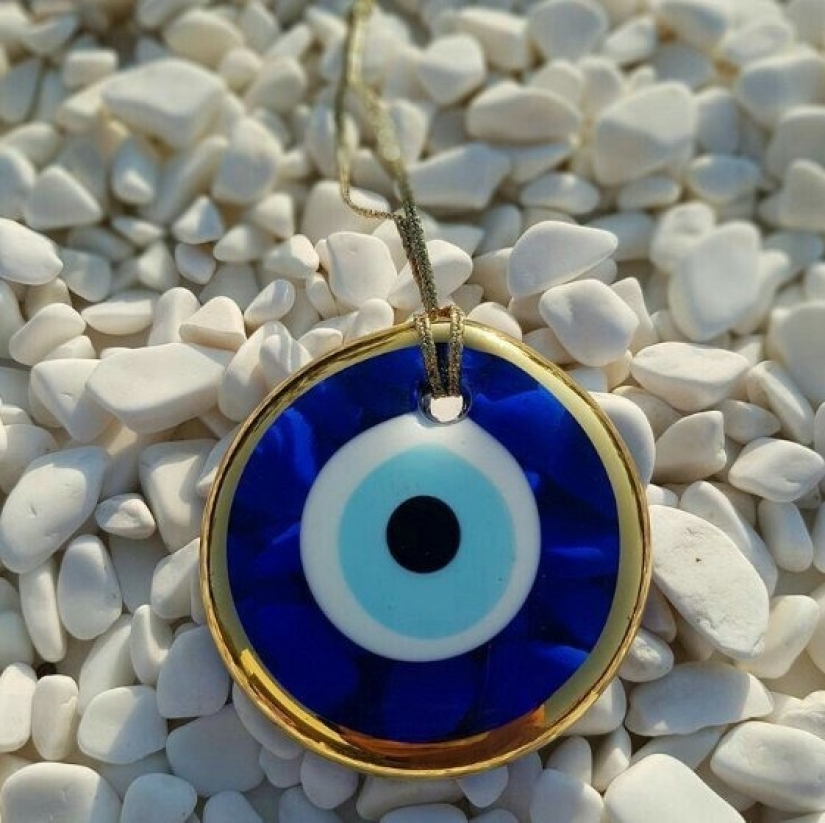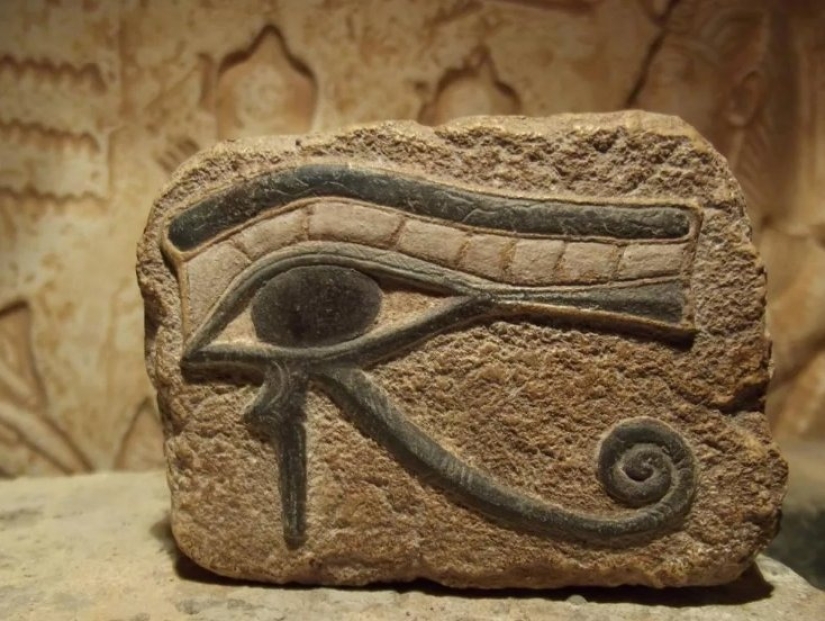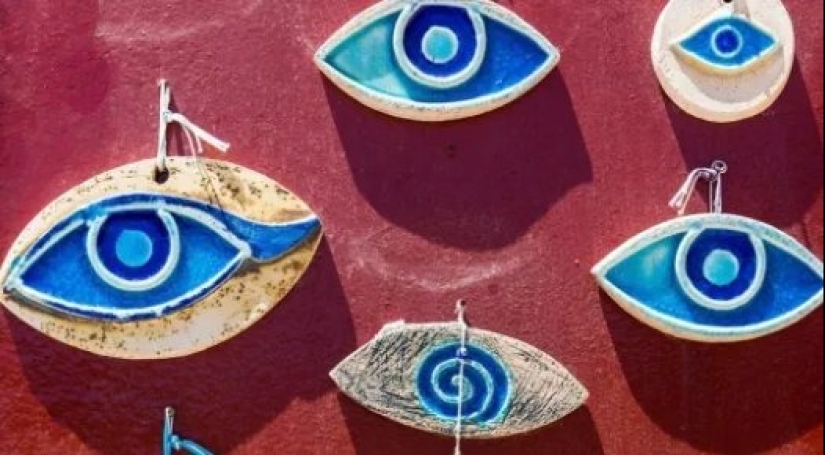Everyone has seen this Turkish souvenir. Do you know what it really is?
Categories: History | Lifestyle | People | Society | Tradition | World
By Vika https://pictolic.com/article/everyone-has-seen-this-turkish-souvenir-do-you-know-what-it-really-is.htmlThere was a time when many Russians dragged these trinkets from Turkey. As a souvenir, of course. At the same time, for some reason, no one could clearly explain: "What is it and why is it needed?" The most common explanation was: "Well, it's like the eye of a god. It brings good luck."
3 PHOTOS

But the history of this thing is actually not as simple as it seems.
1. No luck
Nazar does not bring any luck. It has another function - protection from the evil eye. That is, from other people's bad or good intentions.
It is recommended to carry Nazar with you, and also give out to children and cling to things dear to you. And if the amulet is broken, then the protection has worked (it's okay, just buy a new one).
And all this mess was brewed back in ancient Mesopotamia.
Thousand years ago
Entertainment in ancient Mesopotamia, apparently, was not enough and they came up with the evil eye. The evil eye is someone else's negative energy, which is directed at you ... at your neighbor ... in general, somewhere outside.
And why exactly the eye, and not the heel? Because the eyes are the direct path to the soul. That's why. And energy through the eyes spreads faster than through the heels.
And the fact that a wedge had to be knocked out with a wedge was already known then, and they came up with the idea of using an amulet in the shape of an eye as a defense. Whose truth, there is no reliable information. But the Ancient Egyptians already quite specifically explained: "There is a god Horus, a symbol depicting his divine eye is a protection from other people's evil thoughts."

2. Photo from open sources. With such an amulet, it is possible to fight off physical enemies in a dark gateway, not only spiritual ones ...
And so everyone liked this idea with the evil eye and protection from it, that it went and went to different cultures, and still reached our days almost unchanged.
No, well, it’s clear that different people still interpreted it differently. In Hinduism, for example, misfortunes on another could bring not only bad thoughts but also good ones. Therefore, it is customary to give a bowl of milk to someone you admire.
The Romans called the amulet from the evil eye Malus, the Greeks called it Baskania.

3. The Persians called him Chesm Nazar or Nazar Gorboni, etc., etc.
In general, the symbol is universal. But the "ancient marketers" gave birth to it either in Mesopotamia or in Egypt. At least the ancient Egyptian eye of Horus, both in shape and in coloring, is closest to the current version.
The Turks, already closer to our times, came to the well-known Nazar Bonjuk, and tourists took it all over the world and made it an unspoken symbol of Turkey.
Turkish Nazar has several colors: the base is blue, the color of the sky, a symbol of protection, harmony, and god. And then: how many merchants, so many interpretations of a particular color?
Another thing is important, the real Nazar must be made by hand, and not at a factory in China, because there is no soul in the Chinese factory (we saved it). This means that mass-produced Nazar will not protect against the evil eye.
And for the real Nazar, the Turks are calling to go to the village of Nazarkoy in Izmir. They say that the most correct and strongest Nazars are made there.
We hope you learned something new from this article. Or at least not boringly spent the last minute and a half with this text.
Keywords: Turkish souvenirs | Historical souvenirs | Eye souvenirs | History | Myths | People believes | Tradition
Post News ArticleRecent articles

Most of us think that the color of the eggshell does not play any role and it is possible not to pay attention. But it's not and ...

The more we rely on technology, the more potential power hackers gain over us. It doesn't matter if their goal is to help or cause ...

Creating a good portrait is one of the most difficult tasks for any photographer. In order to make a really natural and memorable ...